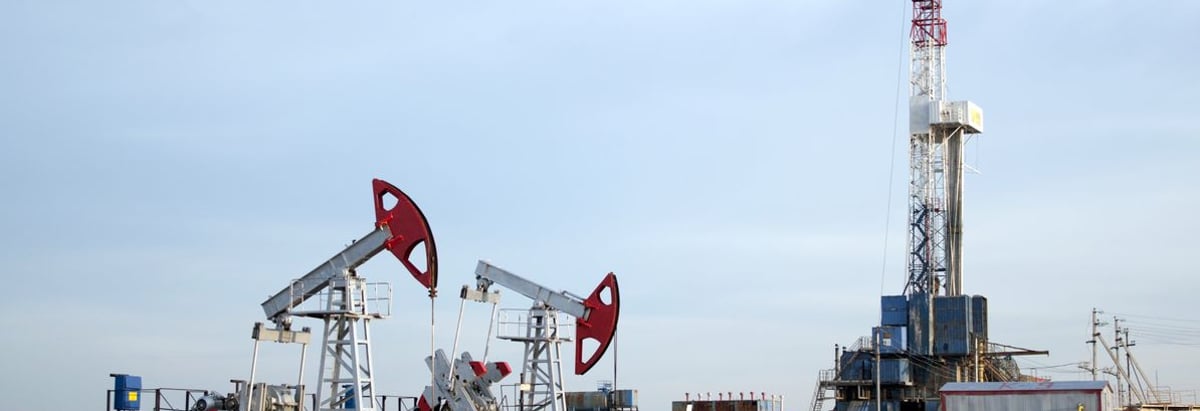
When we're researching a company, it's sometimes hard to find the warning signs, but there are some financial metrics that can help spot trouble early. A business that's potentially in decline often shows two trends, a return on capital employed (ROCE) that's declining, and a base of capital employed that's also declining. Basically the company is earning less on its investments and it is also reducing its total assets. Having said that, after a brief look, Archer (OB:ARCH) we aren't filled with optimism, but let's investigate further.
Understanding Return On Capital Employed (ROCE)
If you haven't worked with ROCE before, it measures the 'return' (pre-tax profit) a company generates from capital employed in its business. The formula for this calculation on Archer is:
Return on Capital Employed = Earnings Before Interest and Tax (EBIT) ÷ (Total Assets - Current Liabilities)
0.046 = US$30m ÷ (US$830m - US$180m) (Based on the trailing twelve months to September 2020).
Thus, Archer has an ROCE of 4.6%. Ultimately, that's a low return and it under-performs the Energy Services industry average of 7.3%.
View our latest analysis for Archer

Above you can see how the current ROCE for Archer compares to its prior returns on capital, but there's only so much you can tell from the past. If you'd like to see what analysts are forecasting going forward, you should check out our free report for Archer.
What Can We Tell From Archer's ROCE Trend?
In terms of Archer's historical ROCE trend, it isn't fantastic. Unfortunately, returns have declined substantially over the last five years to the 4.6% we see today. What's equally concerning is that the amount of capital deployed in the business has shrunk by 47% over that same period. The fact that both are shrinking is an indication that the business is going through some tough times. Typically businesses that exhibit these characteristics aren't the ones that tend to multiply over the long term, because statistically speaking, they've already gone through the growth phase of their life cycle.
The Bottom Line On Archer's ROCE
To see Archer reducing the capital employed in the business in tandem with diminishing returns, is concerning. Investors must expect better things on the horizon though because the stock has risen 26% in the last five years. Either way, we aren't huge fans of the current trends and so with that we think you might find better investments elsewhere.
If you'd like to know about the risks facing Archer, we've discovered 2 warning signs that you should be aware of.
While Archer isn't earning the highest return, check out this free list of companies that are earning high returns on equity with solid balance sheets.
When trading Archer or any other investment, use the platform considered by many to be the Professional's Gateway to the Worlds Market, Interactive Brokers. You get the lowest-cost* trading on stocks, options, futures, forex, bonds and funds worldwide from a single integrated account. Promoted
New: Manage All Your Stock Portfolios in One Place
We've created the ultimate portfolio companion for stock investors, and it's free.
• Connect an unlimited number of Portfolios and see your total in one currency
• Be alerted to new Warning Signs or Risks via email or mobile
• Track the Fair Value of your stocks
This article by Simply Wall St is general in nature. It does not constitute a recommendation to buy or sell any stock, and does not take account of your objectives, or your financial situation. We aim to bring you long-term focused analysis driven by fundamental data. Note that our analysis may not factor in the latest price-sensitive company announcements or qualitative material. Simply Wall St has no position in any stocks mentioned.
*Interactive Brokers Rated Lowest Cost Broker by StockBrokers.com Annual Online Review 2020
Have feedback on this article? Concerned about the content? Get in touch with us directly. Alternatively, email editorial-team (at) simplywallst.com.
About OB:ARCH
Archer
Provides various oilfield products and services to the oil and gas industry in Norway, Argentina, the United Kingdom, and internationally.
Very undervalued with reasonable growth potential.
Similar Companies
Market Insights
Community Narratives



